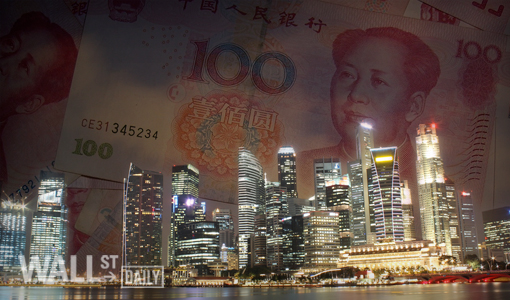
Last week, the International Monetary Fund (IMF) voted to admit China’s renminbi currency to the Special Drawing Right (SDR) starting October 1, 2016.
Its 10.92% weighting will be the third largest in the world.
In the short term, the renminbi – which currently represents 2% to 3% of world trade – will rapidly increase its trade share towards its percentage in the SDR. In the long term, it’ll also change China both politically and economically in ways its leaders may not expect.
Opening the Flood Gates
Basically, the IMF encourages the use of the SDR as a payment and accounting mechanism.
Hence, countries whose currencies are included in the SDR take on a nebulous web of obligations involving the currency’s use in international trade and the lack of manipulation by its government.
And while China is more than happy for the renminbi to be used in international trade, it still places severe restrictions on domestic Chinese residents exchanging renminbi for foreign currencies.
To some extent, this reflects the mentality of a country that has always had a foreign exchange shortage. But it also reflects the desire of the Chinese government to maintain some control over its currency and domestic markets.
When the Chinese banks get in trouble or the government runs a big budget deficit, it’s convenient for the government to have the gigantic domestic pool of Chinese savings available to finance deficits and banking problems at favorable interest rates.
But Japan has shown where this can lead – an economic dead-end.
Japan abolished exchange controls for domestic residents in 1980, but kept much of the nation’s savings and pension entitlements in a government-owned entity, the Japan Post Bank, which bought primarily government bonds.
After the crash and liquidity crisis of the early 1990s, Japan’s government was able to borrow much more cheaply than its private sector, leading to 20 years of massive budget deficits and wasteful state infrastructure spending, which in turn has led to economic stagnation.













Leave A Comment